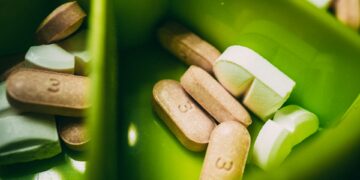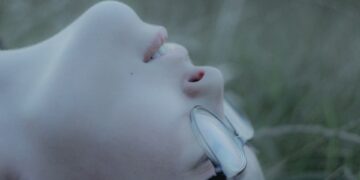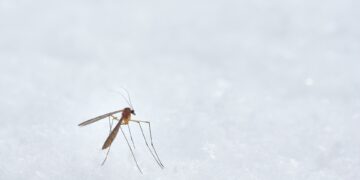It’s a surprising trick.
Bedtime stories have long been a cherished method to help children wind down and sleep well. These tales, however, also subtly impart lessons about the importance of good sleep.
A study published in the BMJ analyzed four traditional children’s stories, revealing that they contain significant messages about sleep and its benefits, often cloaked in the guise of fantasy. According to Dr. Megan Thomas, a developmental pediatrician at Dalhousie University in Nova Scotia, Canada, these stories can help parents, caregivers, healthcare providers, and educators discuss healthy sleep practices with children.
For instance, the characters in “Snow White” illustrate the effects of sleep disorders like sleep apnea. Symptoms such as irritability, fatigue, and social withdrawal are represented by the dwarves Grumpy, Sleepy, and Bashful, respectively. This reflects how short stature individuals may be at higher risk for sleep apnea.
In “The Princess and the Pea,” the princess’s sensitivity to the pea under many mattresses suggests a potential autism spectrum disorder, which often includes sleep difficulties and insomnia. “Goldilocks and the Three Bears” emphasizes finding the right sleep environment, while “Peter Pan” showcases various sleep behaviors like sleepwalking, sleep talking, and night terrors, drawing parallels to stress and anxiety.
These fairy tales, beyond their entertainment value, underscore the significance of healthy sleep habits and their impact on overall well-being.

































Discussion about this post